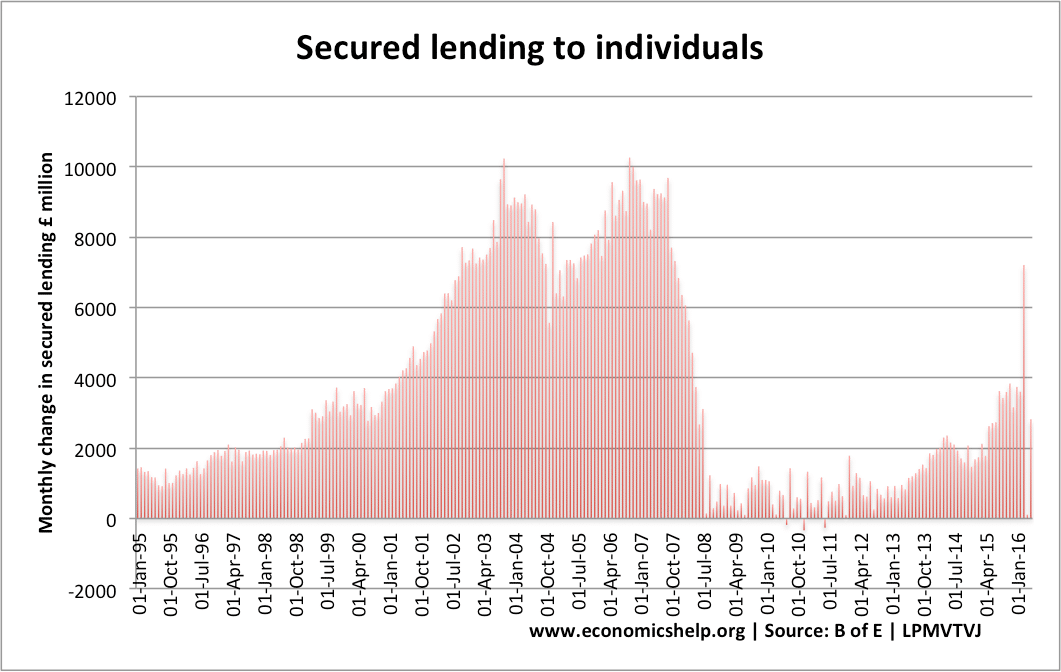Business & Management
Credit Crunch of Small Firm Employment
There is clear evidence that small businesses suffer more stringent lending restrictions during a credit crisis, due to their increased credit risk and information opacity. As long as risk and opacity rise monotonically with business size, this may be true for firms borrowing from the same bank, as well as across an arbitrarily small window around the 50-employee cut-off. As a result, for small businesses, the “credit-constraints” impact may overshadow the “employment-protection” effect, causing the econometrician to incorrectly fail to reject the hypothesis that employment protection is unimportant.
Smaller firms that are more vulnerable to shocks might prefer to keep their workforce around 50 to avoid hefty termination costs, perhaps creating a selection bias. However, the firm size distribution for the companies, for example, shows no clustering of firms with 50 workers in a given data set, removing worries about firms self-selecting into a specific size class.
The results of this regression show that only small businesses see a drop in sales growth when their creditor has balance sheet difficulties. In this example, sales growth has decreased by 1.09 percentage points, or 0.34 percent, compared to the sample mean. Evidence from the financial crisis suggests that small businesses in these industries are particularly vulnerable to credit shocks since they have few other funding options. As a result, a drop in bank lending forces them to slash both employment and investment.

